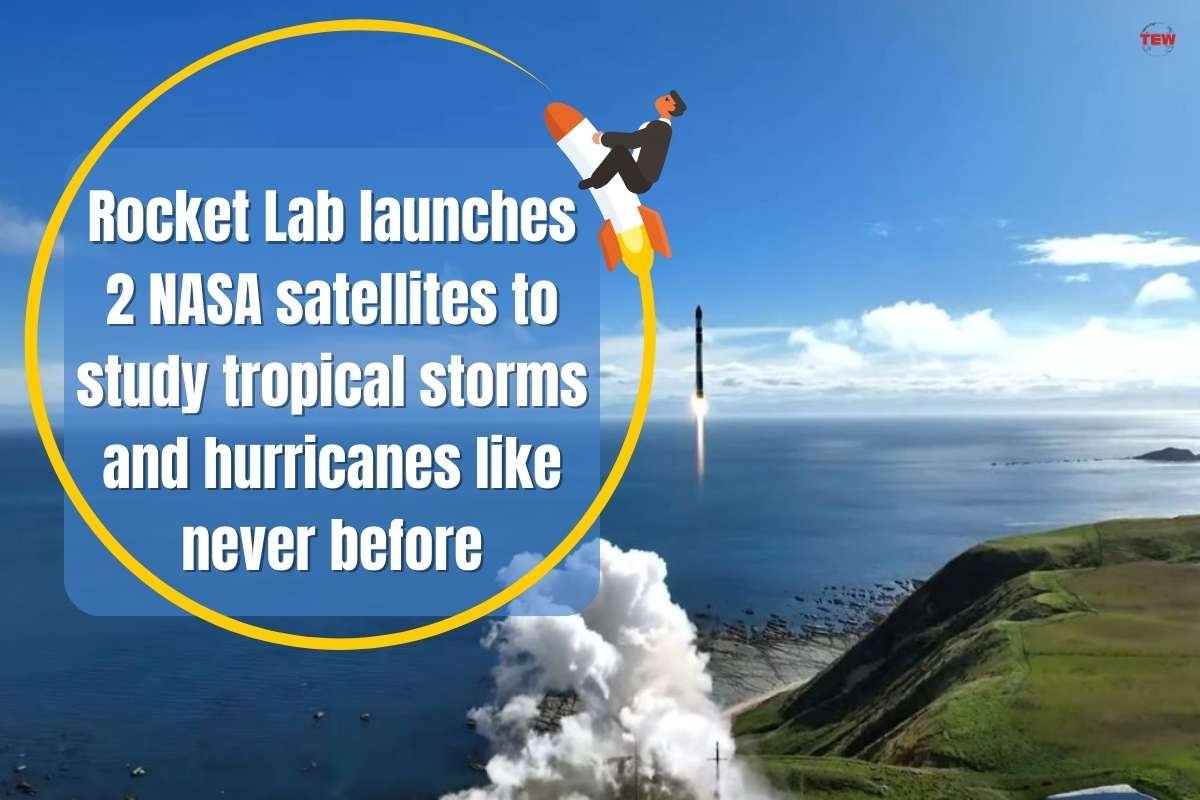NASA’s new hurricane-hunting constellation’s first two satellites have launched into space.
The two CubeSats, which are the original members of the agency’s TROPICS network, were launched earlier today (May 7), riding atop a Rocket Lab launches 2 NASA satellites to study tropical storms and hurricanes like never before, Electron rocket that blasted off from the company’s New Zealand facility at 9 p.m. EDT (0100 GMT and 1 p.m. local New Zealand time on May 8).
The shoebox-sized TROPICS CubeSats were launched by the Electron into low Earth orbit, or roughly 340 miles (550 km) above Earth, around 33 minutes after liftoff.
Rocket Lab launches 2 NASA satellites to study tropical storms and hurricanes like never before
TROPICS Constellation
Four CubeSats in low Earth orbit will make up the TROPICS constellation (short for “Time-Resolved Observations of Precipitation Structure and Storm Intensity with a Constellation of Smallsats”).
If all goes as planned, Rocket Lab launches 2 NASA satellites in roughly two weeks. (All four TROPICS satellites must be launched within a 60-day window for the constellation to operate properly.)
The TROPICS cubesats will provide more precise hour-by-hour measurements of the formation and development of tropical cyclones and hurricanes.
At a prelaunch press conference on April 28, TROPICS principal investigator Bill Blackwell said, “We’ll be getting data that we’ve never had before, which is this ability to look in the microwave wavelength region in the storms, with hourly cadence to look at the storm as it forms and intensifies. “We hope to improve our understanding of the fundamental mechanisms underlying the storms in order to forecast better and monitor intensity.”
Weather Focused Satellites
Will McCarty and other TROPICS program researchers at NASA regard missions like TROPICS as an innovation leap to supplement much larger, weather-focused satellites?
During the April 28 press conference, McCarty informed the media that “it’s the CubeSat revolution.” “We are a complement to the bigger weather satellites.”
Rocket Lab has a facility at the Mid-Atlantic Regional Spaceport (MARS) in Virginia and touts the capacity to launch from two very different locations on the planet. Originally intended to launch from MARS, both TROPICS missions were moved to New Zealand to take advantage of an earlier launch window.
The adjustment enables the constellation to be operational before the start of the Northern Hemisphere hurricane season in 2023, which starts in the Eastern Pacific on May 15. The change in launch sites didn’t incur any major additional costs for Rocket Lab or NASA.
During the press conference on April 28, Rocket Lab launches 2 NASA satellites CEO Peter Beck stated that the effort was “relatively trivial.” “We’ll take the necessary action.”





